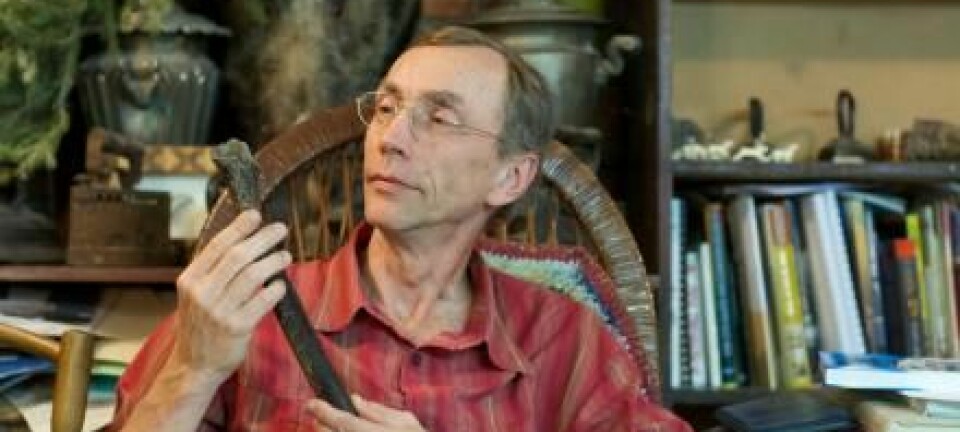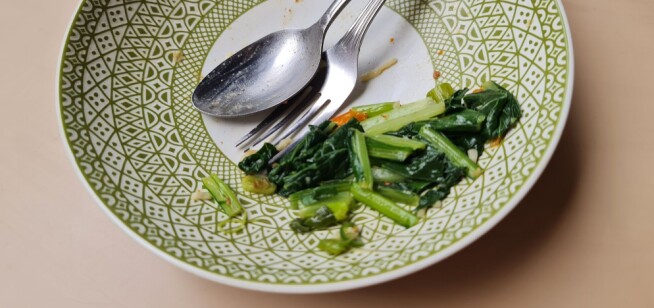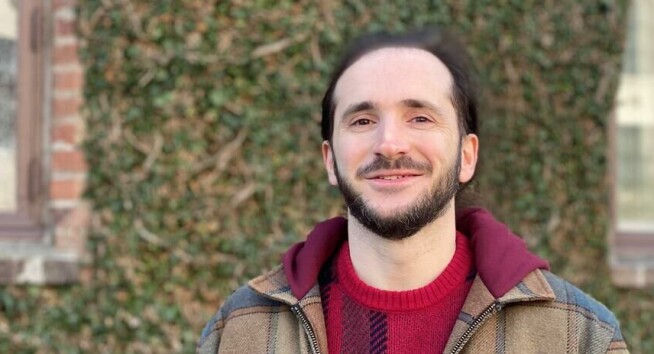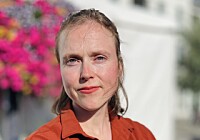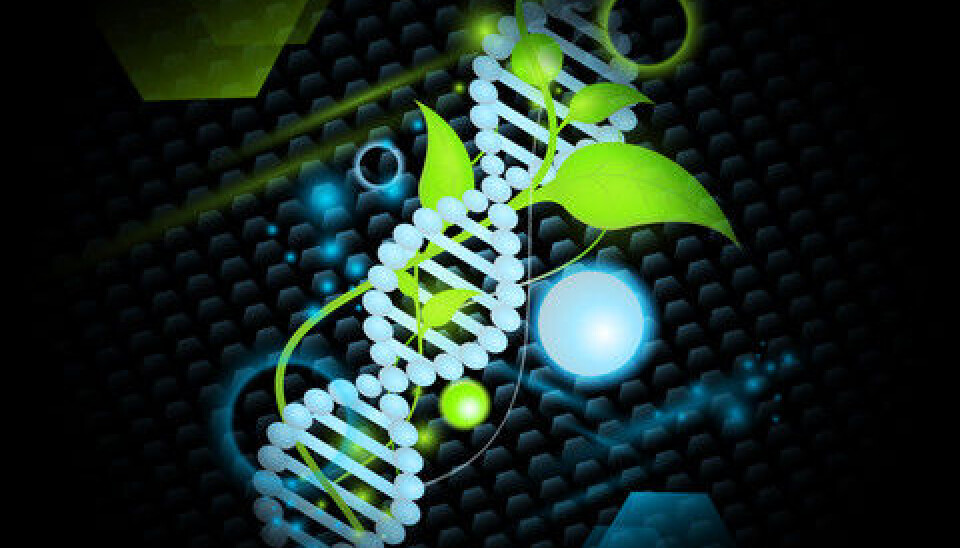
Scientists are mapping the entire Danish genome
A world first, scientists have mapped 30 individual genomes completely from scratch.
Scientists behind GenomeDenmark, a research project which aims to map the Danish genome, have mapped the entire genome of 30 Danes.
The study's level of detail and thoroughness makes it a world first.
"We've pieced together their genome entirely from scratch -- this has only be done on very few people across the globe," explains Simon Rasmussen, associate professor at Denmark's Technical University.
Mapping the population’s entire genome, says Rasmussen, will be a useful tool for gene researchers who can use it to develop better treatments or prevent diseases.
They will achieve this by building a reference genome – a model which scientists can search to see how the average Dane's genome is structured.
Building a genome from the scratch
GenomeDenmark is in the process of building the Danish reference genome based on a map of the genomes of 150 individuals -- the mapping of the first 30 was recently published in Nature Communications.
Scientists in the Netherlands have already assembled a reference genome for the Dutch people based on the genomes of 750 residents of the Netherlands.
According to Cisca Wijmenga, professor of genetics at University of Groningen in the Netherlands, the quality of the individual genome mappings in the Danish project is far better than those of the Dutch.
Wijmenga explains that the Danish scientists have -- for the first time ever -- pieced together all the information from each of the 30 peoples and mapped their genomes from scratch.
Mapping a genome is a gigantic jigsaw puzzle; millions of tiny pieces of DNA must be put together correctly. It is normal practice to use a template of the human race's genome in order to bring together the pieces of the puzzle -- a template resulting from decades of work by the Human Genome Project.
However, the scientists in the Danish genome project have analysed their pieces of DNA so thoroughly that they have been able to assemble the genome of each individual completely from scratch -- without using the template.
Wijmenga says that’s quite an impressive feat.
"There's no doubt that this is the right modus operandi the mapping out a genome -- but not everybody can do it because it demands a special technique and a lot of computing power," she says
Professor: idea of ‘national’ genome old fashioned
Not everyone is as impressed though. At the Harvard Medical School in the United States, Professor of Genetics George Church believes the idea of building a national reference genome is 'old fashioned'.
According to Church, the most harmful gene defects "ignore national boundaries" and he believes it makes more sense to examine genomes internationally rather than nationally.
"It’s really great that we have now mapped the genome of 30 new individuals,” says Church. “But if it’s to be usable knowledge it's not enough to just know one individual’s DNA -- you've also got to know who the individual is, which illnesses he might’ve had and all the personal traits. The idea of having a common genome for a population is very limited," he says.
Rasmussen says GenomeDenmark was unable to examine test subjects for special traits or diseases.
"Ethical standards don't permit us to examine the individuals in our dataset. But this isn’t the intention either,” he says. “The intention is that the scientists can use our mapping and construction of a reference genome as a tool and a library to search.”
Danish genome can help scientists
Gene researchers can use the Danish reference genome if they are looking for special genetic variants characteristic for a disease -- for example diabetes, says Rasmussen.
In that case, it would only be useful to look for the genes that could cause diabetes in a specific part of the genome, and here the Danish reference genome would be more precise than what would be possible with an international reference genome.
Wijmenga explains that a national reference genome will benefit patients to a high degree -- even if it is not necessarily possible to access all the data about the test subjects who helped supplying information for the reference genome.
"Let's say, for example, that you find a special genetic mutation in a patient with a rare disease. Then we may need to find out whether the mutation is the cause of the disease or whether it is harmless and common within the population," says Wijmenga.
"The first thing you do is to make a comparison with the background population -- in which case it’s an advantage to compare people from the same area because they have a more uniform genome. A rare genetic mutation may be relatively common in one country but not exist in other countries," she says.
------------
Read the original story in Danish on Videnskab.dk
Translated by: Hugh Matthews
